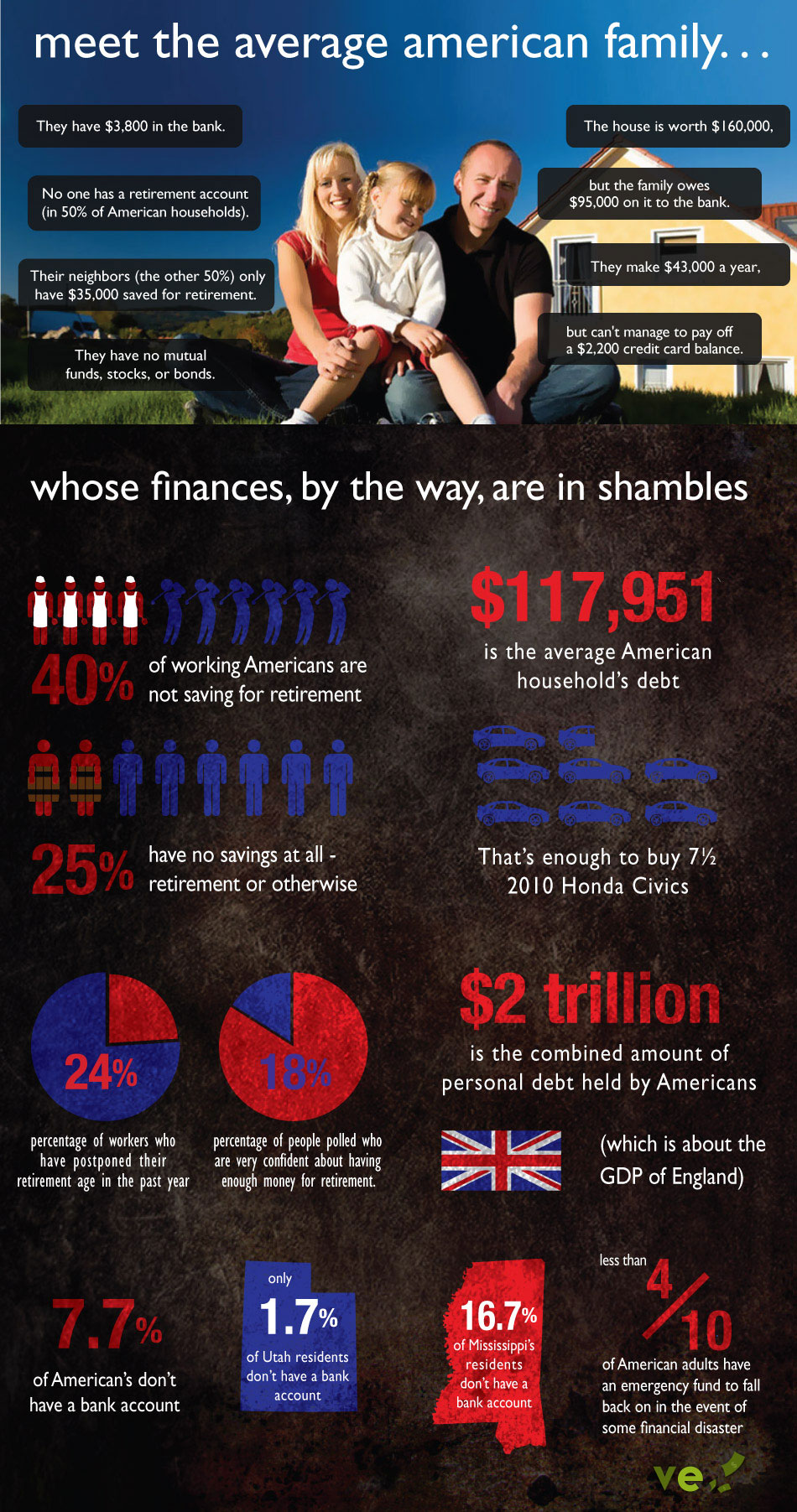Amateur writers on economics are always asking for “just” prices and “just” wages. These nebulous conceptions of economic justice come down to us from medieval times. The classical economists worked out instead, a different concept—the concept of functional prices and functional wages. Functional prices are those that encourage the largest volume of production and the largest volume of sales. Functional wages are those that tend to bring about the highest volume of employment and the largest real payrolls.
The concept of functional wages has been taken over, in a perverted form, by the Marxists and their unconscious disciples, the purchasing-power school. Both of these groups leave to cruder minds the question whether existing wages are “fair.” The real question, they insist, is whether or not they will work. And the only wages that will work, they tell us, the only wages that will prevent an imminent economic crash, are wages that will enable labor “to buy back the product it creates.” The Marxist and purchasing-power schools attribute every depression of the past to a preceding failure to pay such wages. And at no matter what moment they speak, they are sure that wages are still not high enough to buy back the product.
The doctrine has proved particularly effective in the hands of union leaders. Despairing of their ability to arouse the altruistic interest of the public or to persuade employers (wicked by definition) ever to be “fair,” they have seized upon an argument calculated to appeal to the public’s selfish motives, and frighten it into forcing employers to grant union demands.
How are we to know, however, precisely when labor does have “enough to buy back the product”? Or when it has more than enough? How are we to determine just what the right sum is? As the champions of the doctrine do not seem to have made any real effort to answer such questions, we are obliged to try to find the answers for ourselves.
Some sponsors of the theory seem to imply that the workers in each industry should receive enough to buy back the particular product they make. But they surely cannot mean that the makers of cheap dresses should get enough to buy back cheap dresses and the makers of mink coats enough to buy back mink coats; or that the men in the Ford plant should receive enough to buy Fords and the men in the Cadillac plant enough to buy Cadillacs.
It is instructive to recall, however, that the unions in the automobile industry, in the 1940s, when most of their members were already in the upper third of the country’s income receivers, and when their weekly wage, according to government figures, was already 20 percent higher than the average wage paid in factories and nearly twice as great as the average paid in retail trade, were demanding a 30 percent increase so that they might, according to one of their spokesmen, “bolster our fast-shrinking ability to absorb the goods which we have the capacity to produce.”
What, then, of the average factory worker and the average retail worker? If, under such circumstances, the automobile workers needed a 30 percent increase to keep the economy from collapsing, would a mere 30 percent have been enough for the others? Or would they have required increases of to 160 percent to give them as much per capita purchasing power as the automobile workers? For let us remember that then as now enormous differences existed between the average wage levels of different industries. In 1976, workers in retail trade averaged weekly earnings of only $113.96, while workers in all manufacturing averaged $207.60 and those in contract construction $284.93
(We may be sure, if the history of wage bargaining even within individual unions is any guide, that the automobile workers, if this last proposal had been made, would have insisted on the maintenance of their existing differentials; for the passion for economic equality, among union members as among the rest of us, is, with the exception of a few rare philanthropists and saints, a passion for getting as much as those above us in the economic scale already get rather than a passion for giving those below us as much as we ourselves already get. But it is with the logic and soundness of a particular economic theory, rather than with these distressing weaknesses of human nature, that we are at present concerned.)
Share





